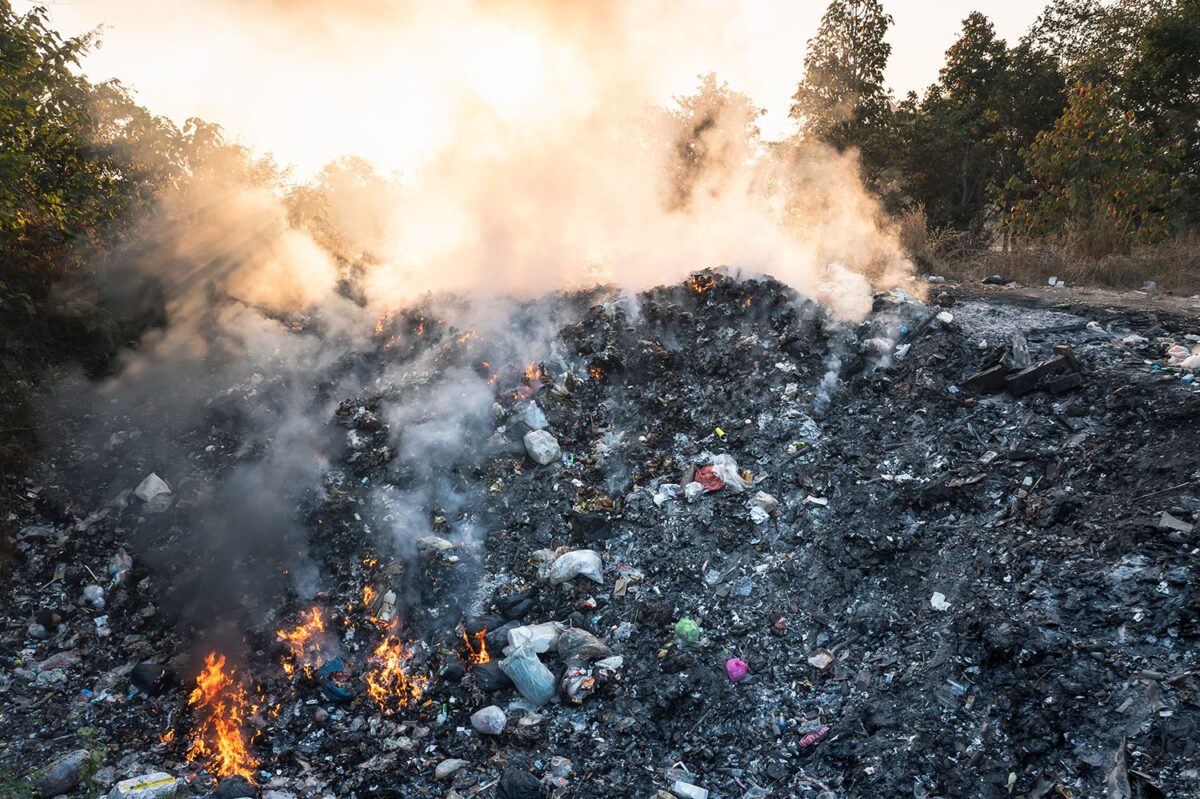Fluoropolymers Life Cycle and PFAS Contamination

The plastics industry mainly uses PFAS as polymerization aids and this would be the main cause of PFAS emissions related to the life cycle of fluoropolymers.
The molecules that have raised government concern are the non-polymeric PFASs, such as PFOA and PFOS. They are usually water-soluble, bioavailable, bioaccumulative, mobile, and toxic small molecules, which classify them as substances of high concern for their life cycle.
Why do we treat fluoropolymers as PFOA?
The main reason for banning fluoropolymers, along with non-polymeric PFASs, such as PFOA, lies in their life cycle. In order to manufacture fluoropolymers, it is necessary to intentionally add non-polymeric PFASs, which are substances of great concern.
When using PFASs as monomers or modifiers, we recover and recycle the unreacted part in a continuous closed cycle.
In the case of polymerization aids, unspent PFASs can leach out, contaminating surfaces they touch. Therefore, fluorinated polymerization aids are the main cause of PFAS emissions related to fluoropolymer production.
End-of-life phase
The end-of-life of most fluoropolymers does not differ much from conventional plastic.
Typically, these types of polymers are used in tiny parts in very complex and specific applications, making them difficult to recover and recycle. They are more likely to end up in landfill or incinerated.

High precision aluminium rubber and plastic automotive parts.
If in landfills (undesirable), their waste remains inert, posing no threat to people and the environment.
However, the majority of fluoropolymer waste in the European Union (83%) ends up in thermal destruction. This process raises concern because it must reach a suitable temperature to complete mineralization.
Failure to achieve this converts large fluoropolymers into small, water-soluble, bioavailable, bioaccumulative, mobile, and toxic molecules.
In conclusion, the fluoropolymer life cycle contributes to PFAS contamination.
It may seem like over-regulation for some plastics producers, but in the end, it is difficult to ensure that fluoropolymers do not contribute to this problem, since they use high-concerned chemicals (PFAS) in their processes.
